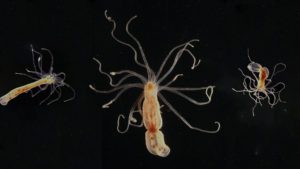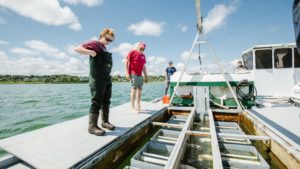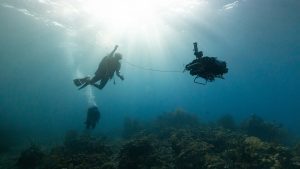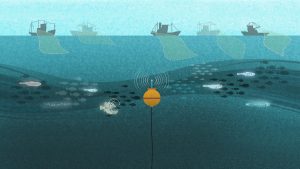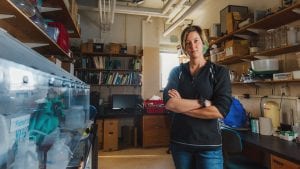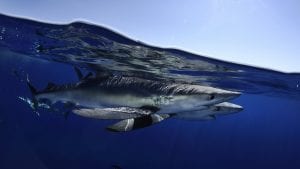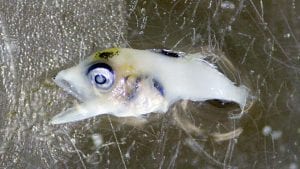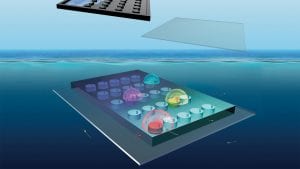Student Research
Oceanus Magazine
When it comes to albatross ‘divorce,’ climate isn’t the only issue
Personality can factor into lovebird split-ups in the southern Indian Ocean
A toxic double whammy for sea anemones
Exposure to both oil and sunlight can be harmful to sea anemones
Invasive tunicates have shellfish farmers crying “foul”
As shellfish farmers struggle with invasive tunicate invasions, scientists are trying to gain insight into the thermal tolerances for these strange critters and determine where they might show up next
A curious robot is poised to rapidly expand reef research
WHOI scientists with the Coral Catalyst Team are leveraging a new, artificially intelligent robot to automate coral reef health assessments
MIT-WHOI Joint Program student Jaida Elcock always knew she was going to work with sharks. Oceanus caught up with her to find out more about why sharks—and representation—matter.
Measuring the great migration
A bioacoustic mooring will use sound to help estimate life migrating in the ocean’s twilight zone as part of a new long-term observation network in the Atlantic
Falling in love with deep-sea parasites
At hydrothermal vents there are body-snatchers, intestinal hitchhikers, and chest-bursters, but something about them is still alluring to Lauren Dykman
A tunnel to the Twilight Zone
Scientists track hungry blue sharks as they ride swirling currents down to the ocean twilight zone—a layer of the ocean containing the largest fish biomass on Earth
The Secret Tuna Nursery
WHOI biologists and physical oceanographers combine expertise to reveal a place in the ocean where some tuna are born.
A Lobster Trap for Microbes
What if you wanted to observe what microbes in the ocean are doing? First, you lure them into your field of view.


